5 Best Walking Exercises for Burning Fat After 50
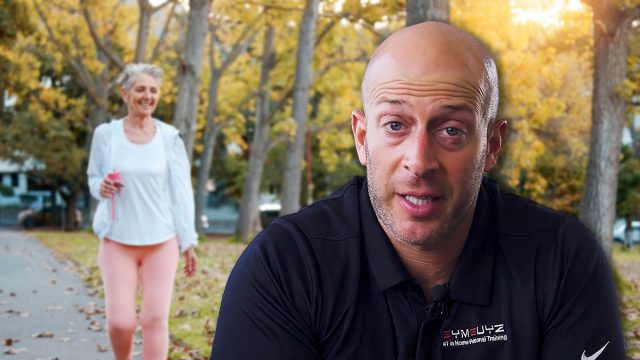
Walking is something most of us do every day without much thought, but it can be transformed into a powerful fat-burning exercise, especially for those over 50. Throughout my career as a personal trainer, I've seen clients lose significant weight and become happier with who they are simply by adding a daily walk to their schedule. It's an accessible workout that fits naturally into your daily routine. Ready to turn your regular walks into fat-burning sessions? Here are five exercises that will help you do just that.
Why Walking Works Best for You After 50
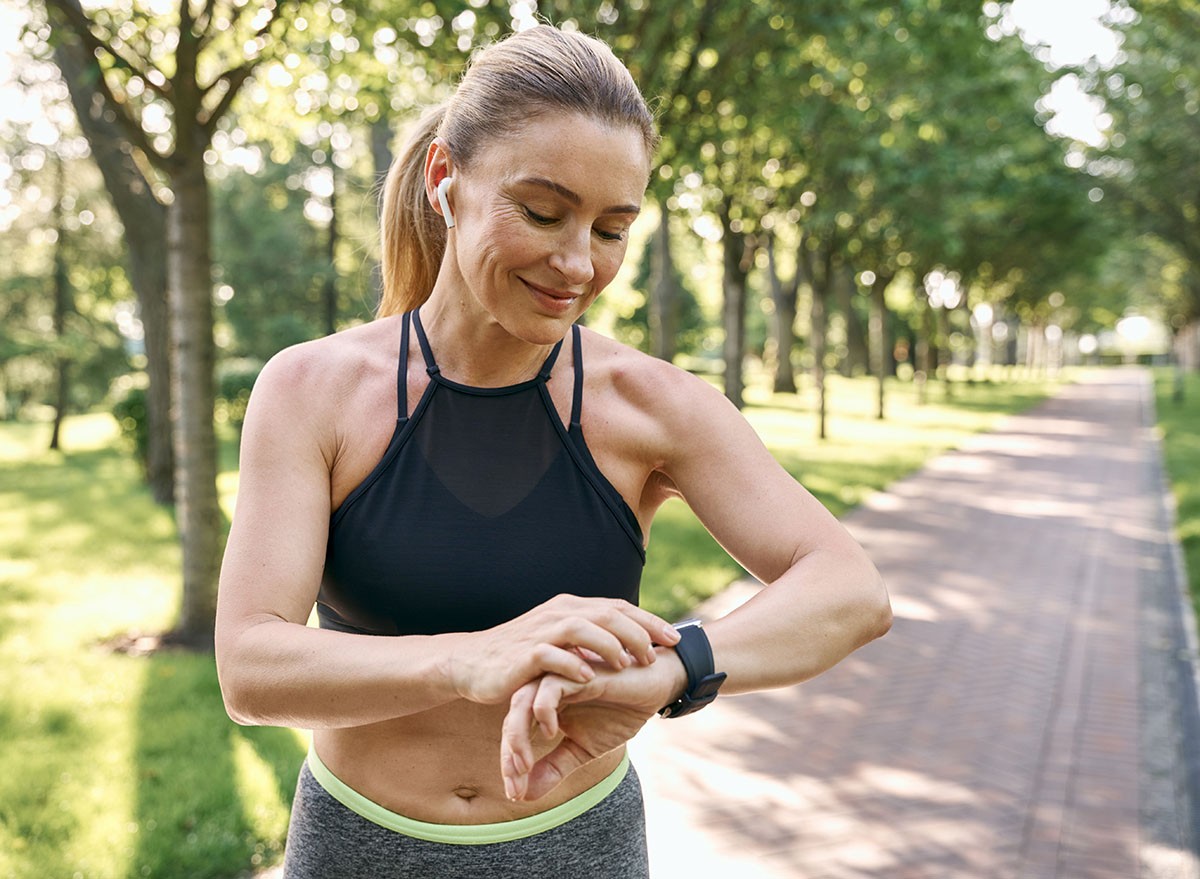
Walking is a great low-impact workout option that is easy on the joints, making it a go-to exercise for people over 50. It is an extremely accessible workout that fits naturally into your daily routine, plus the intensity can easily be varied depending on the speed at which one walks, helping to burn more calories and improve fat loss. Additionally, walking aids in building and maintaining muscle mass, which is important as metabolism slows down naturally with age. Walking provides other benefits such as improved cardiovascular health, reduced risk of chronic diseases, and increased bone density.
This is a better option for people over 50 due to its low-impact nature, accessibility, and gradual progression that walking offers. High-intensity activities put stress on joints like the knees, ankles, and hips, which can increase injury risk. Walking requires no additional equipment or facilities, and you can increase the intensity or duration throughout the exercise to make it adaptable to your fitness level.
RELATED: 5-Minute Walking Workouts for Women Over 40 to Burn Fat at Home
Walking Lunges
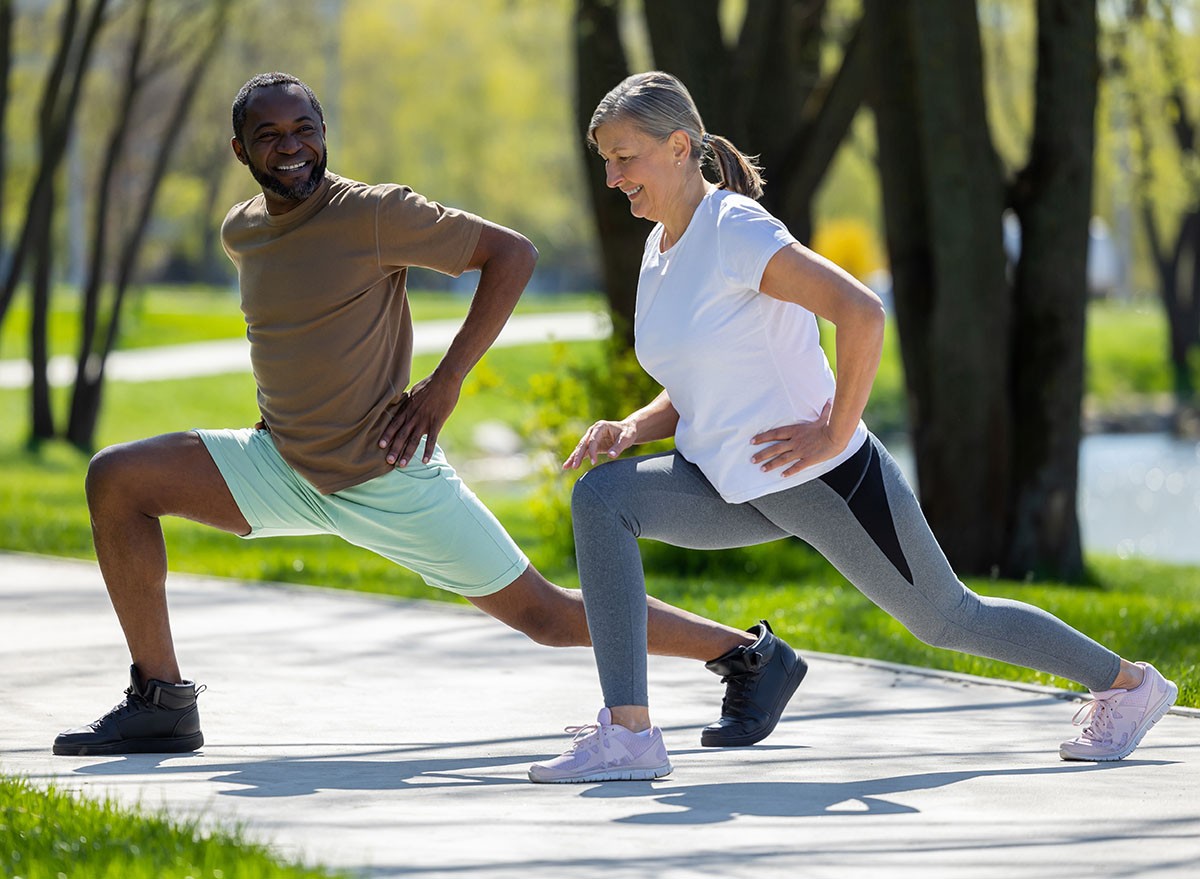
How to do it: Start standing straight up with your feet together. Take a step forward. Bend at your knees until they are at 90 degrees. Rise back up and step forward with your back leg to bring your feet back together. Repeat with the opposite leg.
Why it's beneficial: Walking lunges are beneficial because they boost metabolism and burn calories through the engagement of large lower-body muscles such as your quads, hamstrings, glutes, and core muscles. They also improve your strength, stability, and functional fitness.
Mistakes to avoid: Common mistakes to avoid when doing walking lunges are leaning forward or backward, rushing the movement, not engaging the core, and not breathing properly. These will all decrease the benefits of the exercise if performed incorrectly.
Power Intervals

How to do it: Begin with a brisk walking warm-up for five to 10 minutes. Speed up your pace with a power walk for a set duration. Slow down to a more moderate pace to allow for recovery. Continue alternating between the two paces for the duration of your walk.
Why it's beneficial: This exercise elevates your heart rate to lead to increased calorie burning during and after your workout. Power intervals also provide cardiovascular benefits that include lower blood pressure, reduced risk of stroke, and overall improved cardiovascular health.
Mistakes to avoid: The most common mistake is rushing intervals. It is not a sprint; the goal is power and controlled movements to get an effective workout. On the other side, make sure you slow down during the more moderate intervals to allow your body time to rest. Most importantly, warm up before and stretch after.
Overhead Presses

How to do it: Grab dumbbells or water bottles as weights. Bend your elbows so the weights are at shoulder-height in a neutral position. As you walk, press your arms straight up. Lower them back to shoulder height and repeat.
Why it's beneficial: This workout is a dual-threat that combines cardiovascular exercise with strength training to promote muscle growth and increase metabolic rate to help with fat loss. Strength training fights the natural decrease of muscle mass that comes with aging, ultimately requiring more energy to maintain than fat and a higher resting metabolic rate. Overhead presses can also aid in improving bone density to reduce one's chances of osteoporosis and fractures, plus also improve posture.
Mistakes to avoid: A common mistake is selecting too heavy a weight. Keep in mind that you want to select a weight you can maintain throughout your walk, so start light and build up as you get stronger. It is important for your posture and injury avoidance that you don't arch your back.
RELATED: I Got My Best Body After 50 and Here's How You Can, Too
Walking Backwards
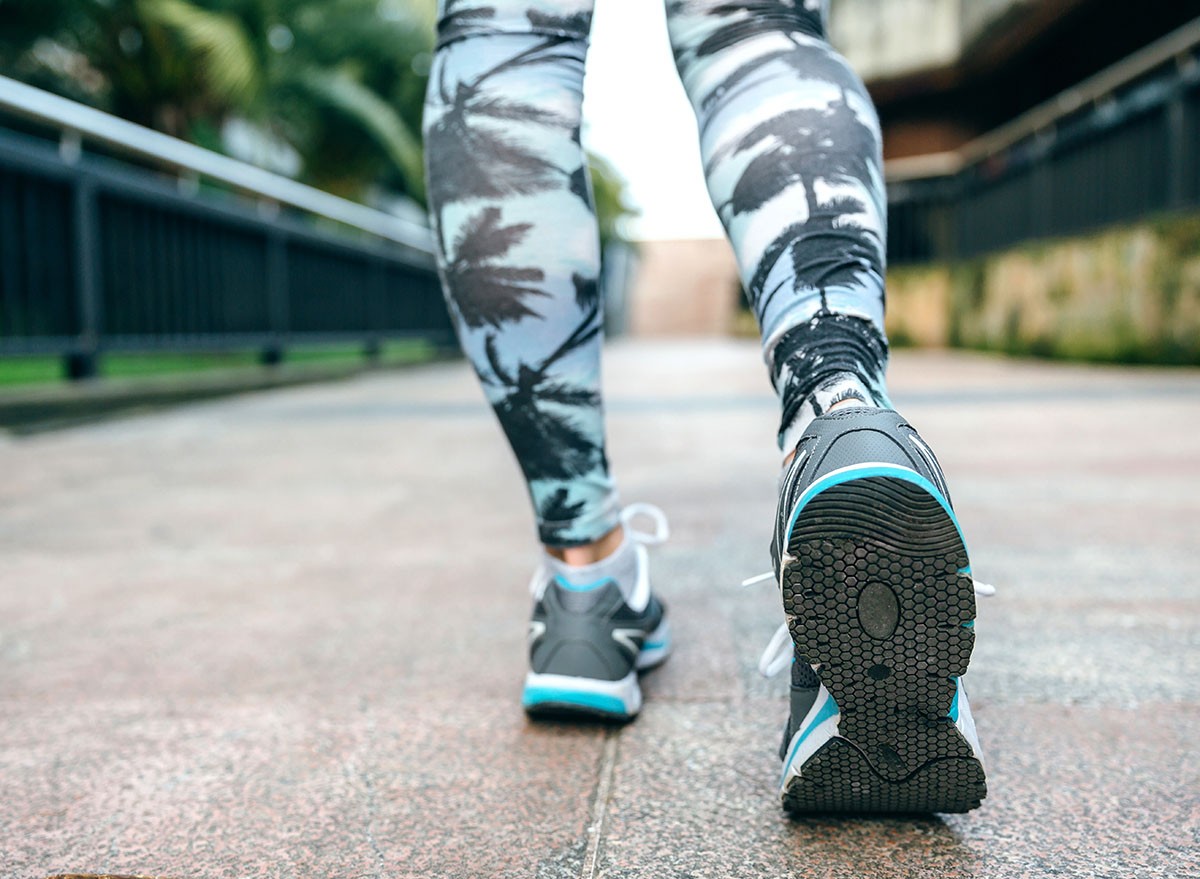
How to do it: Find a clear and flat path. Maintain your balance by slowly and carefully lifting one foot and placing it behind the other. Bring the second foot behind the first. Repeat this rhythm for a selected distance or time.
Why it's beneficial: Walking backwards activates different muscles compared to walking forward. This generates greater calorie burn and improved cardiorespiratory fitness by forcing you to work harder, while also improving balance, stability, and flexibility. The workout hits your glutes, hamstrings, quads, and core. Additionally, it can improve your brain function by providing a change of pace and a mental challenge for you to focus on the new movement.
Mistakes to avoid: The most common mistakes are obstacles and uneven surfaces. Simply check your surroundings before beginning your workout. You will be grateful you did as it allows you to focus on the exercise and be fully in the moment without worry. Start with small steps to get a grasp of your footing through accurate distances and directions to avoid falling.
Calf Raises
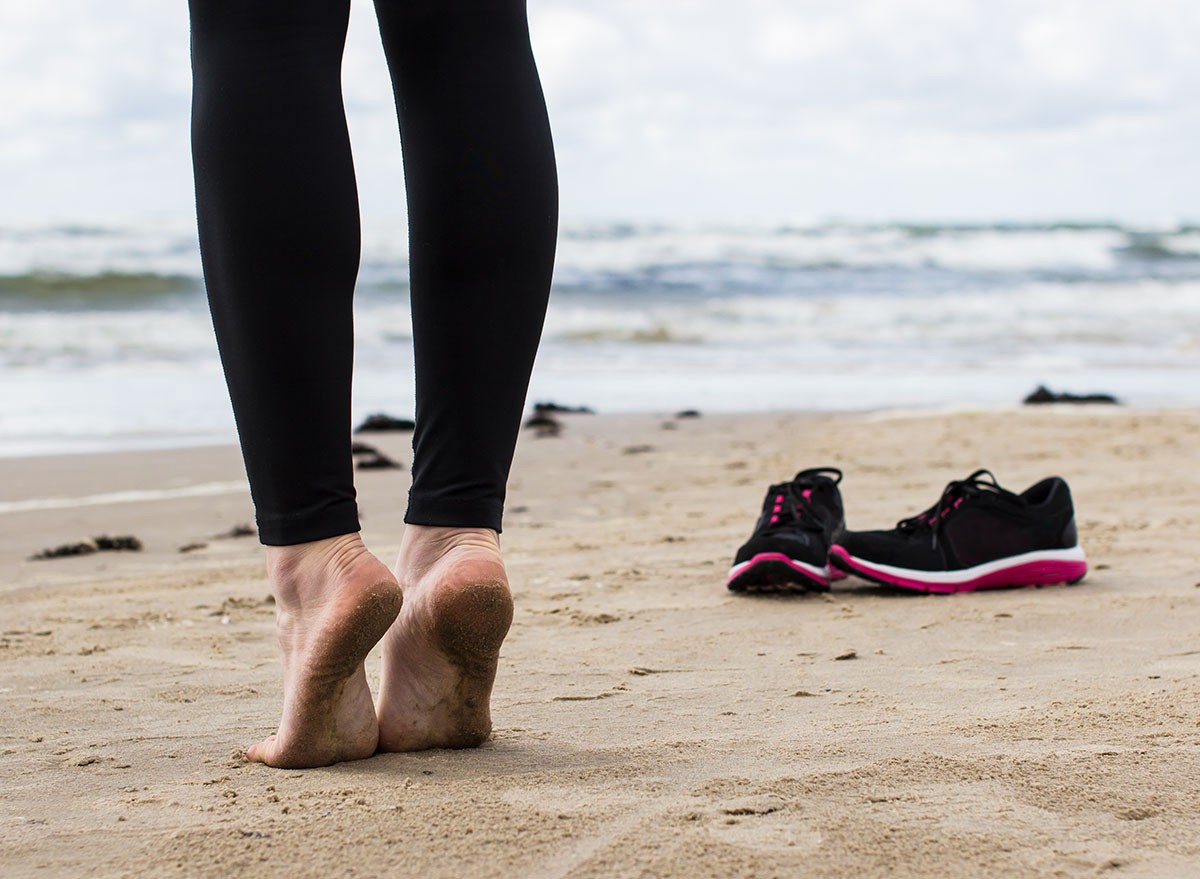
How to do it: Pause at pre-set intervals during your walk. Stand with your feet together. Place your arms straight by your side. Rise up on your toes and slowly return your feet to flat on the ground.
Why it's beneficial: Calf raises are beneficial in helping with muscle mass and endurance. By performing calf raises, you are building muscle tissue that burns more energy compared to fat at rest, leading to a boost in your metabolic rate when not working out. This is also essential to enhancing your physical activity and improving cardiovascular health by strengthening the muscles that pump blood back to your heart. Calf raises provide better circulation and cardiovascular function.
Mistakes to avoid: Focus on the full range of motion through slow and controlled movements. This means maintaining straight knees and avoiding bouncing or rolling your ankles.
RELATED: Tone Sagging Arms in 2 Weeks With These 5 Exercises
Don't Have Unrealistic Expectations

When you're getting into a workout routine, it's easy to fall into some common traps. Things like skipping your warm-up, doing too much cardio, ignoring strength training, or expecting overnight results can really hold you back. It's also important to stay consistent, fuel your body with the right nutrition, and keep track of your progress. These little things make a big difference—and skipping them can make it way harder to see the results you're working for.
How to Start Your Fat-Burning Walking Routine
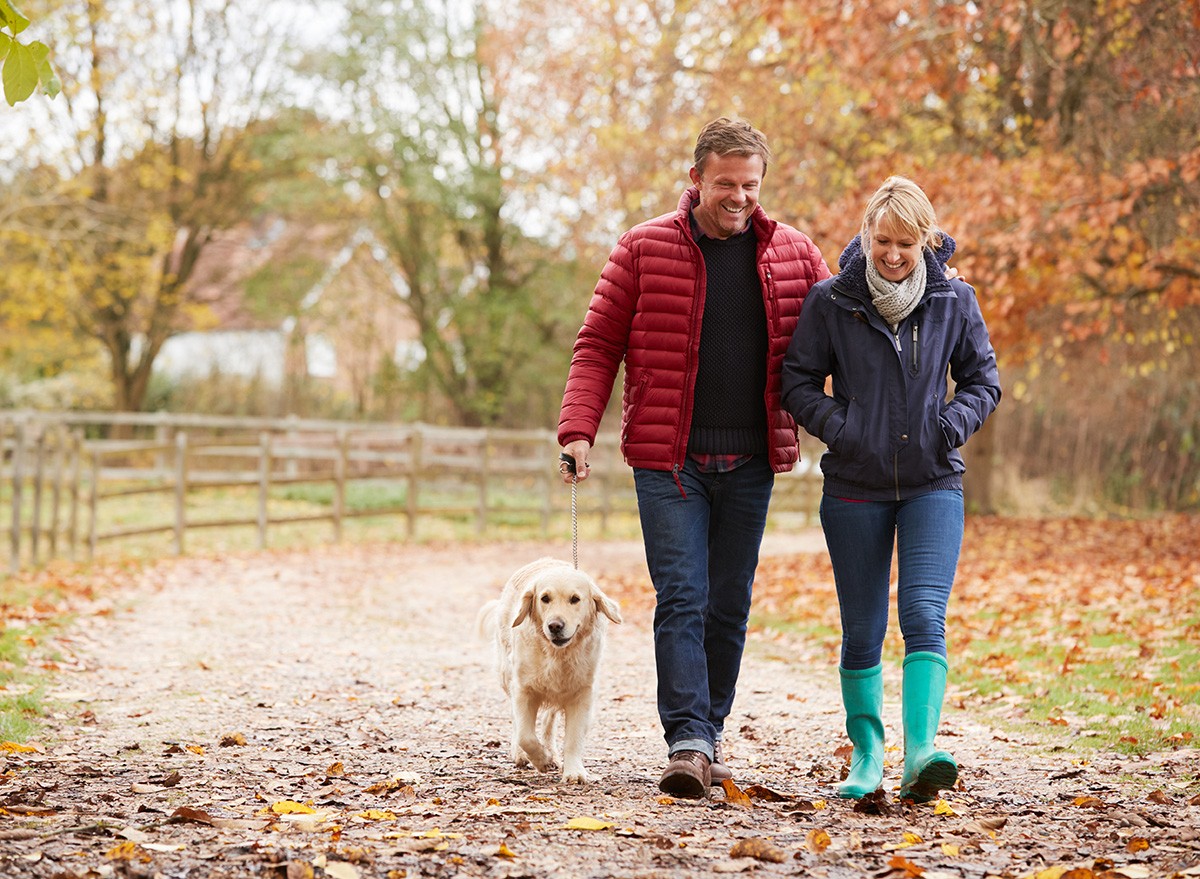
Start by focusing on consistency and gradual progression to find a routine that works for your body and schedule. You don't want to overdo it early on, so start slow and build up as you start to feel more confident. Small steps will help build big results over time.
I highly recommend walking, whether with a friend or by yourself – it is simple and effective. By incorporating these exercises into your walks, you'll maximize your fat-burning potential and enjoy all the benefits walking has to offer. And if you enjoyed this article, don't miss 12-3-30 Walking Method: 20 Proven Tips to Lose Weight Faster.
About the author: Josh York is a certified personal trainer and the founder of GYMGUYZ




